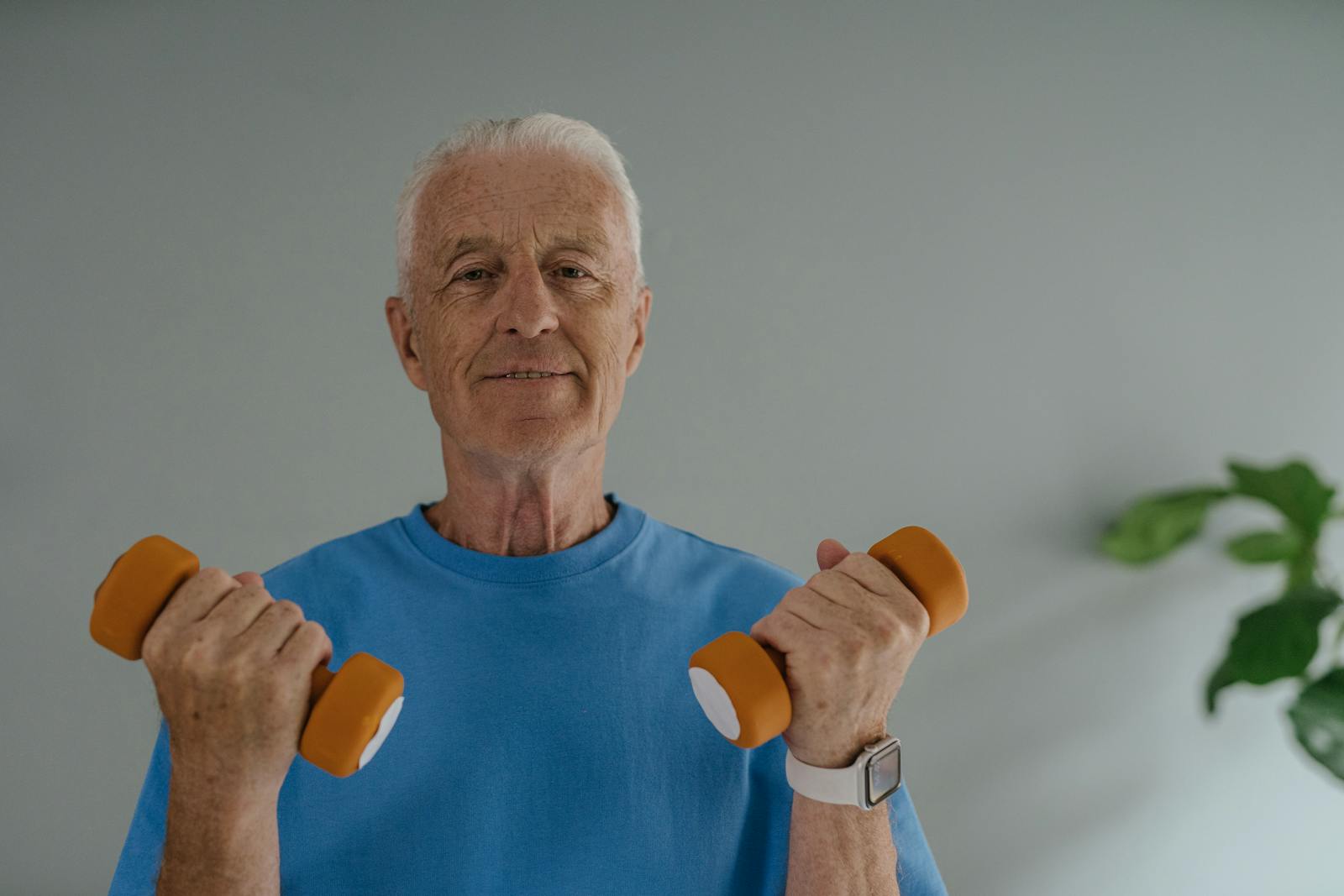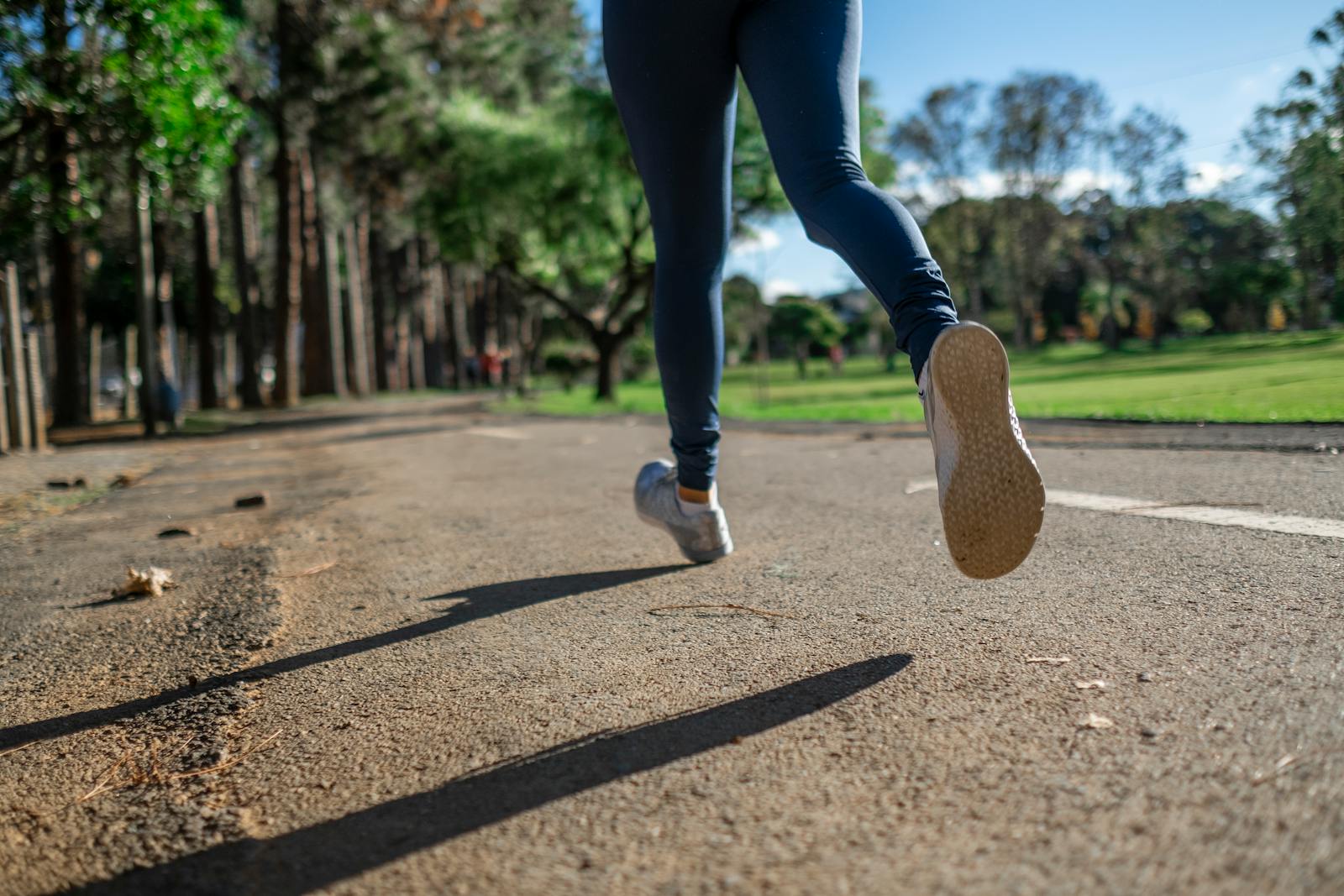Nutrition Priorities for Athletes Over 50
Aging is inevitable; performance loss doesn’t have to be. For athletes over 50 the focus shifts toward preserving lean mass, maintaining function, and preventing nutrient shortfalls while still supporting training demands.
Protein: your primary defense
While the general adult DRI is 0.8 g/kg, many experts recommend higher intakes for older adults to reduce sarcopenia risk — roughly 1.2–2.0 g/kg/day depending on activity level. Sports nutrition bodies put athlete targets around 1.4–2.0 g/kg/day. Prioritize complete proteins across meals — fish, poultry, dairy, legumes, or fortified plant sources.
Energy balance and quality calories
Metabolic rate often slows with age; still, underfuelling is a frequent problem for active older athletes. Maintain adequate calories to support training and recovery — focus on nutrient-dense carbs for training, protein for repair, and healthy fats for hormone and brain support. Slow the tempo on low-calorie diets that compromise muscle over time.
Micronutrients that deserve attention
Bone and immune health are priorities: ensure adequate calcium and vitamin D (through diet and sensible sun exposure or supplements when needed). B12 absorption declines with age — monitor status and supplement if tests indicate deficiency. A varied diet plus targeted testing is a smart play for masters athletes.
Practical habits to stay strong
Distribute protein evenly across meals to maximize muscle-protein synthesis, include resistance training to keep stimulus high, and prioritize recovery (sleep, mobility, and regular movement). If weight control is a goal, avoid aggressive calorie cuts that erode muscle mass — prioritize composition changes through training and modest energy adjustments.
Growing older doesn’t mean giving up performance. With deliberate protein prioritization, appropriate calories, and focused training, masters athletes can preserve strength, mobility and competitive edge well into later decades.




